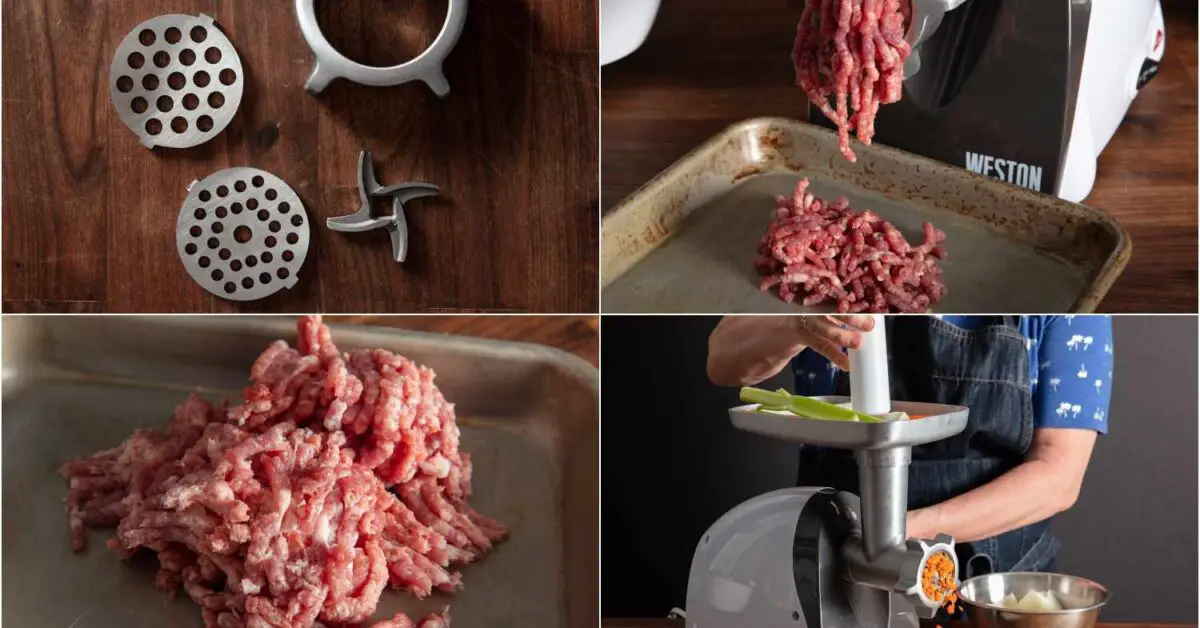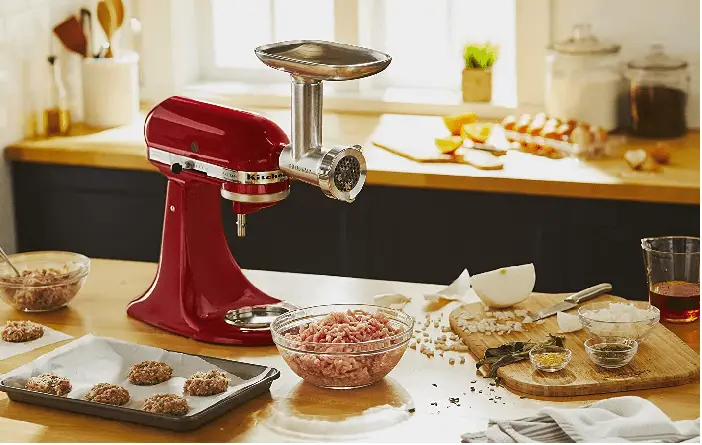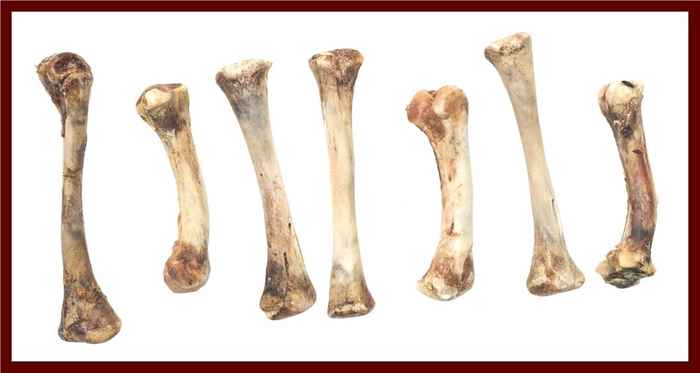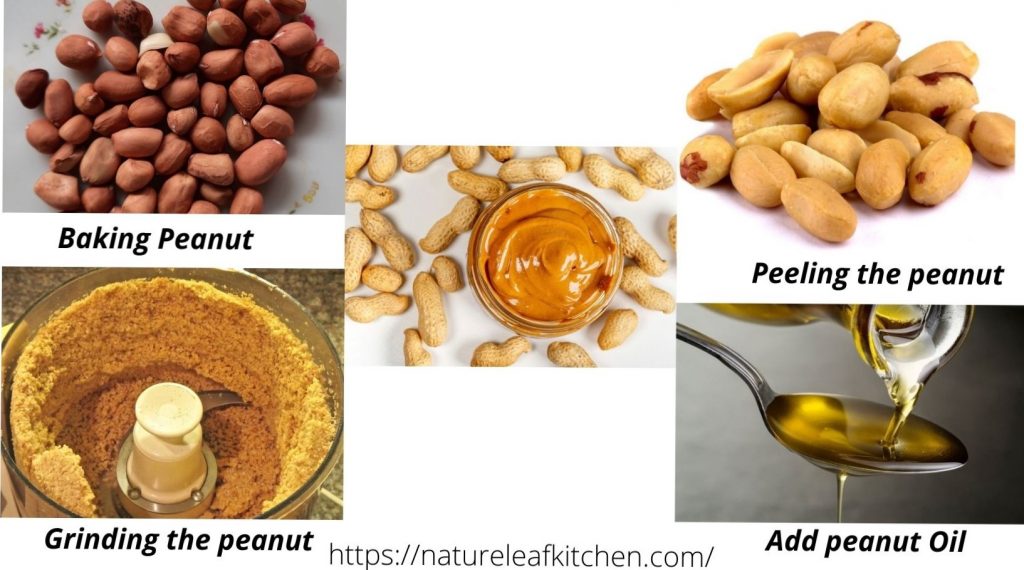To sharpen meat grinder blades by hand, use a honing stone or sandpaper, stroking the blade along its edge at a consistent angle. Maintain equal pressure and count your strokes for uniform sharpness.
Sharpening your meat grinder blades by hand is essential to maintain the efficiency and effectiveness of your machine. Dull blades result in poor grinding performance, unnecessary stress on the motor, and can lead to subpar texture in your ground meat.
Regular maintenance ensures a longer lifespan for your grinder and the best quality in your food preparation. It’s a straightforward task that requires minimal tools — a honing stone or fine-grit sandpaper — and a bit of patience to execute with precision. This easy-to-follow process not only keeps your grinder in top condition but can also save you the cost of frequent blade replacements over time. Embrace this simple upkeep step to ensure your grinder remains a reliable tool in your culinary arsenal.

Credit: www.amazon.com
The Importance Of Sharp Blades
The Importance of Sharp Blades in a meat grinder cannot be overstated. Dull blades compromise the grinder’s efficiency, leading to poor performance and subpar meat texture. Sharp blades, on the other hand, make for quick work, consistent grinds, and a superior end product.
Enhancing Grinder Performance
Sharp blades are synonymous with peak grinder performance. They ensure that your machine works at its best, leading to:
- Faster grinding – reducing preparation time
- Less machine strain – preventing wear and extending lifespan
- Energy efficiency – using less power in the process
Regularly sharpening the blades means the motor doesn’t work as hard. This preserves both the blades and the grinder’s motor, saving on both maintenance costs and energy bills.
Ensuring Quality Ground Meat
Unsharp blades tear through meat, causing unappealing texture. Sharpened blades, however, cut cleanly and preserve the quality of the meat. Benefits include:
- Improved texture – for better mouthfeel
- Even cooking – due to consistent grind size
- Enhanced flavor – as the meat’s structure is maintained
A sharp blade helps retain the meat’s integrity and appeal, which is particularly important for professional chefs and food enthusiasts alike. By keeping your grinder blades sharp, you guarantee the best possible ground meat for delicious culinary creations.

Credit: www.amazon.com
Identifying Dull Blades
Keeping your meat grinder in top condition is vital for smooth kitchen operations. Identifying dull blades is the first step in maintaining efficiency. Dull blades hamper performance and affect the quality of the grind. Let’s explore how to spot a blade that needs sharpening.
Warning Signs To Look For
- The grinder struggles or stalls during the operation
- Visible rust or discoloration on blades
- Increased meat smearing or uneven textures
- Metal has lost its original shine and looks dull
Performing A Sharpness Test
To accurately check blade sharpness, a simple test can be done. All you need is a piece of paper.
- Clean and dry the blade thoroughly
- Hold the blade at an angle against the top edge of the paper
- Gently pull the blade down across the paper’s surface
- Observe if the blade cuts cleanly
If the blade fails to slice through effortlessly, it’s time to sharpen!
Preparation For Sharpening
Keeping your meat grinder in prime condition means regular maintenance. Sharpening the blades is crucial for efficiency and precision. Before we start, ensure you have a clean, flat workspace, and gather your tools including a screwdriver, a soft brush, and a sharpening stone.
Disassembling The Meat Grinder
Disassembly is the first step. Unplug the grinder for safety. Use the screwdriver to remove screws. Take apart the grinder piece by piece. Handle the blade and plates with care, as they’re sharp.
Cleaning Components Before Sharpening
A clean blade ensures a smooth sharpening process. Wash each piece under warm water. Use a soft brush to remove any meat residue. Dry thoroughly to prevent rust. Your components are now ready for sharpening.
Selecting The Right Tools
Selecting the right tools to sharpen meat grinder blades is crucial. Sharp blades ensure efficiency and safety. Knowing which tools to use saves time and maintains the blade’s quality.
Choosing Sharpening Stones
Different sharpening stones are available. Each has its unique grit level. Grit level determines the stone’s abrasiveness.
- Coarse stones (200-800 grit) start the sharpening process.
- Medium stones (800-1500 grit) refine the edge.
- Fine stones (2000+ grit) give a polished finish.
Use stones in progression, from coarse to fine, for best results.
Alternatives To Traditional Whetstones
Traditional whetstones are not the only option. Consider these alternatives:
- Diamond stones: They cut quickly and don’t need soaking.
- Ceramic rods: These offer a quick touch-up.
- Honing steel: This tool aligns the blade’s edge.
Select tools that fit your skill level and sharpening needs.
Sharpening The Blades Step By Step
Keeping your meat grinder in prime condition means sharp blades. Dull blades not only work less efficiently but can also affect the quality of your ground meat. Sharpening meat grinder blades by hand may seem daunting, but with the right tools and technique, it’s a straightforward process. Below, we’ll guide you step by step on how to get that cutting-edge back in shape.
Securing The Blade
First things first, safety is paramount. Secure the blade firmly before starting. Place it against a stable surface to prevent movement. Properly securing the blade will ensure accuracy while you sharpen and protect your hands from slipping.
The Sharpening Process
- Begin with a sharpening stone of your choice. Soak the stone in water for lubrication if required.
- Hold the blade at the correct angle, usually a 20-30 degree tilt, against the stone.
- Move the blade across the stone in one direction, with smooth, even strokes.
- Ensure to maintain the angle uniformly and count the strokes.
- Repeat the strokes on both sides of the blade to get an even edge.
- Keep the stone wet during the process if it’s a water stone.
Checking The Edge’s Sharpness
After sharpening, it’s essential to test the sharpness of the blade. Learning to assess the edge by sight and touch is crucial. Gently run your thumb perpendicular to the edge to feel for burrs or smoothness. A more practical test involves cutting into a sheet of paper; the blade should slice through with ease. If the cutting is clean, you have successfully sharpened your meat grinder blade.
Reassembling The Grinder
Once your meat grinder’s blades are sharp, it’s time to put the grinder back together. This step calls for attention to detail. Proper assembly guarantees smooth operation next time you use it.
Careful Placement Of Blades
Handle blades with care to avoid injury. Make sure they are totally dry. Rust can blunt blades fast.
- Place the blade flat against the plate.
- Ensure it sits flush with no gaps.
Avoid forcing blades into position. They should fit easily if they’re the right match for your grinder.
Ensuring Proper Alignment
Alignment affects grinding quality. Check the blade and plate for a snug fit.
- Inspect the auger pin, ensuring it seats well in the blade hole.
- Screw the ring nut on without overtightening to avoid strain. This secures the blade and plate.
Run a quick hand test to confirm the grinder’s handle or switch operates smoothly. Your grinder is now ready for its next use!
Maintaining Sharp Blades
Maintaining sharp blades is crucial for any meat grinder. Dull blades not only work less efficiently, but they can also affect the quality of the meat. By understanding how to keep grinder blades sharp, users can ensure their equipment performs well for longer periods. This can lead to a smoother grinding process and better texture in your ground meat.
Regular Sharpening Intervals
Consistent sharpening keeps blades in top shape. Schedule regular intervals based on how often you use your grinder. A good rule of thumb is to sharpen after every two to three uses, or more frequently with heavy use. Remember, sharp blades make cutting easier and keep the grinder performing its best.
- Inspect the blades each time you use the grinder.
- Mark the calendar for your next sharpening date.
- Use a sharpening stone or honing rod properly.
Storing Blades To Prevent Dulling
Proper storage is key to maintaining blade sharpness. Always clean and dry blades before storing them. Moisture can lead to rust, which quickly dulls blades. Follow these tips for the best results:
| Storage Tip | Benefit |
|---|---|
| Wrap in a dry cloth | Protects from moisture and dust |
| Store in a plastic bag with rice | Absorbs any moisture |
| Use blade guards | Prevents edges from chipping |
Blades should be separated from other tools to avoid unnecessary contact. Also, avoid storing blades loosely in drawers where they can get dull faster.

Credit: medium.com
Frequently Asked Questions On How To Sharpen Meat Grinder Blades By Hand
How Do You Sharpen A Meat Grinder Blade?
To sharpen a meat grinder blade, disassemble the grinder, remove the blade, and run it along a sharpening stone at a consistent angle. Rinse the blade, dry it thoroughly, and reassemble your grinder.
Do Meat Grinder Blades Get Dull?
Yes, meat grinder blades can become dull over time with regular use. To maintain their efficiency, sharpen them periodically or replace them as needed.
Can You Sharpen A Grinder?
Yes, you can sharpen a grinder by using a small brush or a pin to clean its teeth and by realigning its grinding surfaces or replacing its screen for optimal performance.
How Do You Hone A Blade?
To hone a blade, select a honing steel, hold the steel vertically, and swipe the knife edge down at a 20-degree angle. Repeat 5-10 times per side, maintaining consistent angle and pressure, and finish with a few alternating swipes.
Conclusion
Sharpening meat grinder blades at home ensures longevity and efficiency. With the right tools and technique, anyone can maintain their equipment’s sharp edge. Remember, regular care keeps your grinder in prime condition. Embrace the simplicity of DIY blade sharpening and enjoy consistent, quality results in your kitchen endeavors.




